Making Sexualised Violence Visible – The “Invisible ” Initiative
TW: sexualised violence
How would the world look if we lived free from sexualised violence? Free from unwanted touching, comments, harassment, and violence? What would that world feel like? These are questions Helena Gabriel-Oiwoh, the co-founder of the “unsichtbar” (in English: invisible) initiative, asks herself regularly – questions that are at the centre of invisible’s work and exhibitions. We, the current interns at the WAVE office, had the opportunity to interview Helena about the story and aim of the initiative and about the way the invisible initiative uses art to combat sexualised violence.
The story behind invisible
Invisible is a platform focused on making sexualised violence visible through different means. The concept builds on the idea of combining informative content (such as data and statistics) with art – to reach people on both a rational and an emotional level. The story behind invisible is the story of two people: Helena and Livia (see picture 1).

Helena is responsible for the content conception and management of invisible and has been committed to combatting violence against women for several years. As a woman, she has witnessed and experienced sexual harassment in diverse situations and frameworks. However, not just through her own experiences but also through her theoretical examination of the problem at hand during her Master’s studies in Human Rights and International Development, she developed a strong will and commitment to fight patriarchal power structures, including sexualised violence.
“I am convinced that sexualised violence is one of the most severe manifestations of unequal power structures and gender inequalities”.
Livia Klein is the initiator and co-founder of invisible and is in charge of the artistic direction of invisible. She engaged with the topic of sexualised violence in diverse ways in the last few years through her activism and artistic work. Being a survivor of sexualised violence, she started writing poems and essays on this topic to process and channel the pain of her trauma through arts. The initiative’s name stems from Livia’s first poem, which carries the title “invisible”. It represents the silence and invisibility around sexualised violence, its normalisation, stigmatisation, and existing taboos.
Sexualised violence
“Sexualised violence is a form of violence and the exercise of power through sexual acts. The acts that are described as sexualised violence or abuse have a wide range; for example, sexual harassment, sexual coercion up to rape. Sexual touching, lewd remarks or glances can also be included. The term “sexualised violence” goes a step further than the most commonly used term “sexual abuse”, in that it makes clear that sexuality is used in the acts to exert violence”.
Definition translated from the invisible glossary
Using art for social impact
Together Helena and Livia have created the invisible platform in 2020 and recently organised their first exhibition and workshop series. One aim of the exhibition was to provoke people and show them how it feels to be a survivor of sexualised violence. To reach many people, the exhibition concentrated on intermedial forms of art, which included paintings, photographs, sound installations, photograph installations and sculptures. By pointing at the issue of sexualised violence through arts, they were able to reach people “outside their own bubble”, thus people who were unfamiliar with the issue of sexualised violence and what it encompasses.
“In arts, there are no limits to creativity, which means there is no one right way art can be used to reach people. Quite the contrary: the more artistic ways are tried out, the more people can be moved”.

However, the initiative does not only raise awareness but also allows survivors to make their stories, experiences, and traumas visible through art. One interactive exhibition piece was called the “you are visible” wall, where everyone could write their feelings and thoughts, draw on the wall or attach photos (see picture 2).
Last year, the invisible team also asked their community on social media to share how it feels to be a survivor, which words and sentences later became part of the exhibition.
Overall, the interview with Helena from invisible showed us how sexualised violence could be combatted on many levels and through many different art forms. Although the initiative is relatively young and, so far, entirely based on the voluntary commitment of the team, their work and achievement are impressive and inspiring. It is essential to support and empower these local initiatives as they make significant contributions to raising awareness about sexualised violence, giving survivors a platform, and working towards a world free from sexualised violence.
To read more about invisible’s work you can head over to their website, Instagram channel @unsichtbar.art or on Twitter @unsichtbar_art
Written by Marie Holch
Photo credits:
Livia and Helena © Isabella Hewlett
Exhibition © Thomas Dalby






